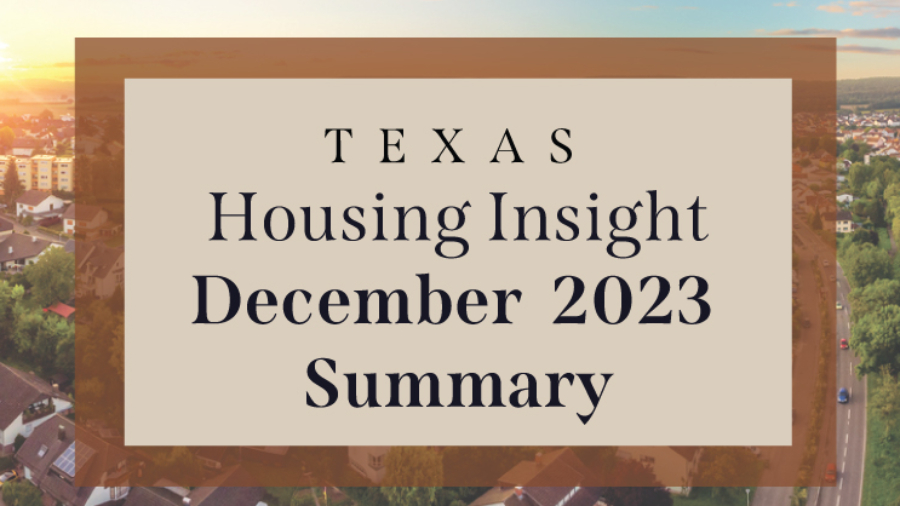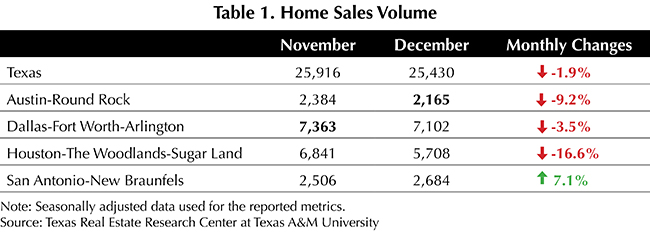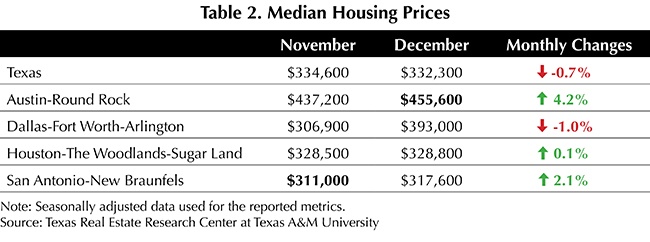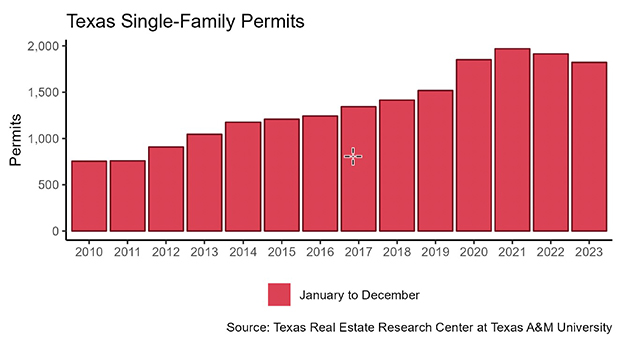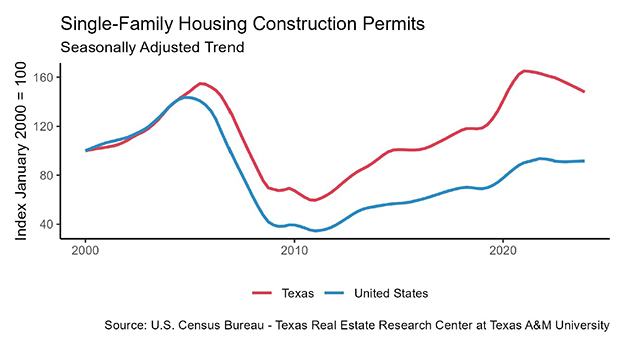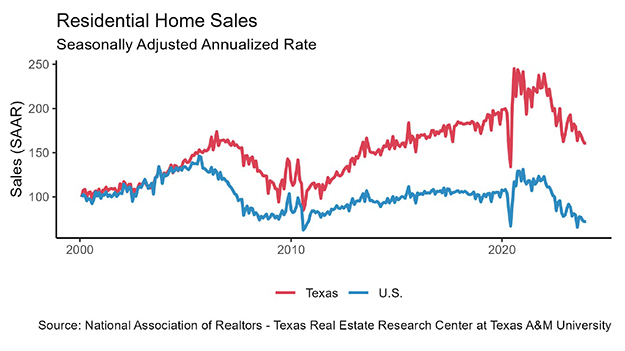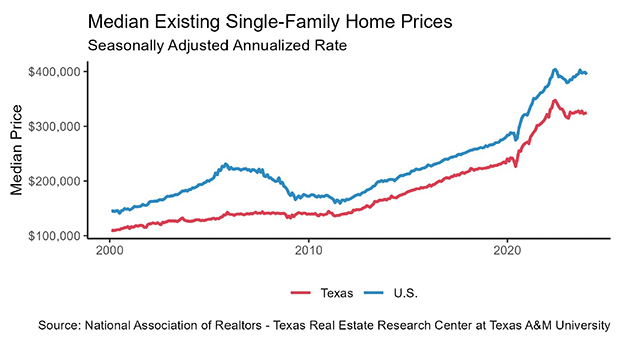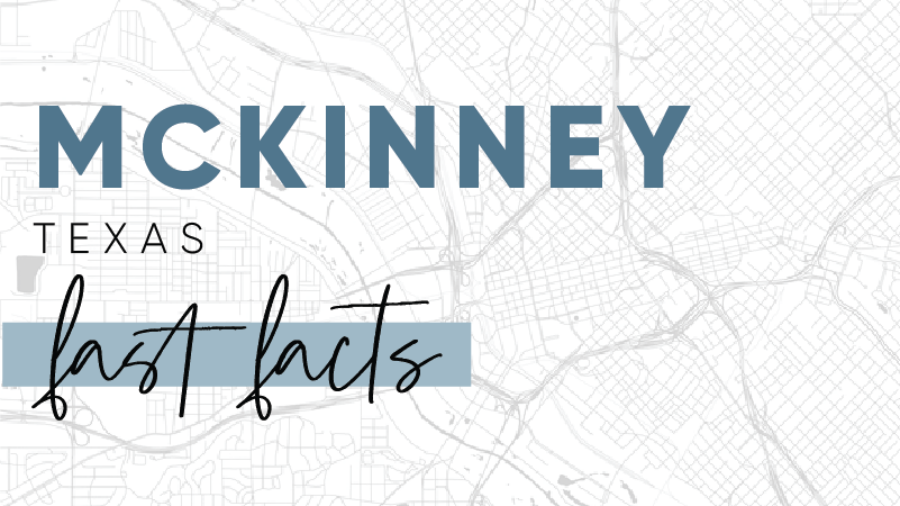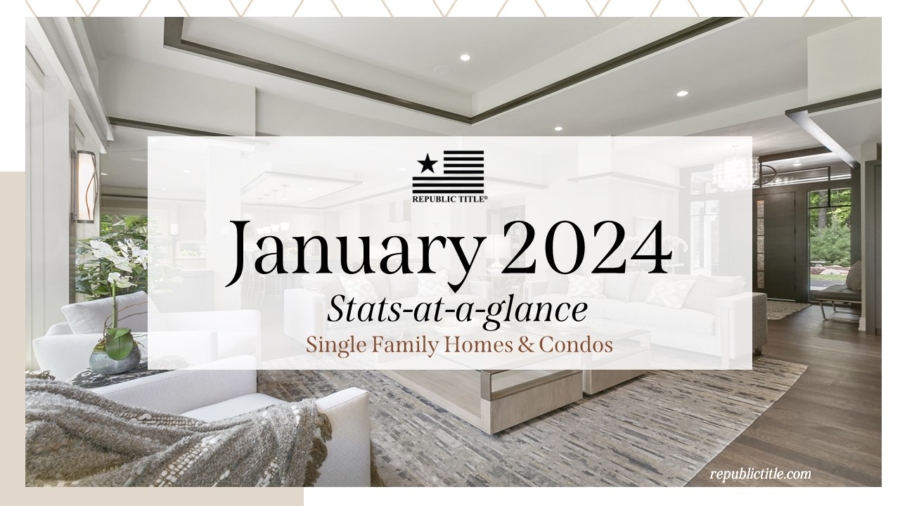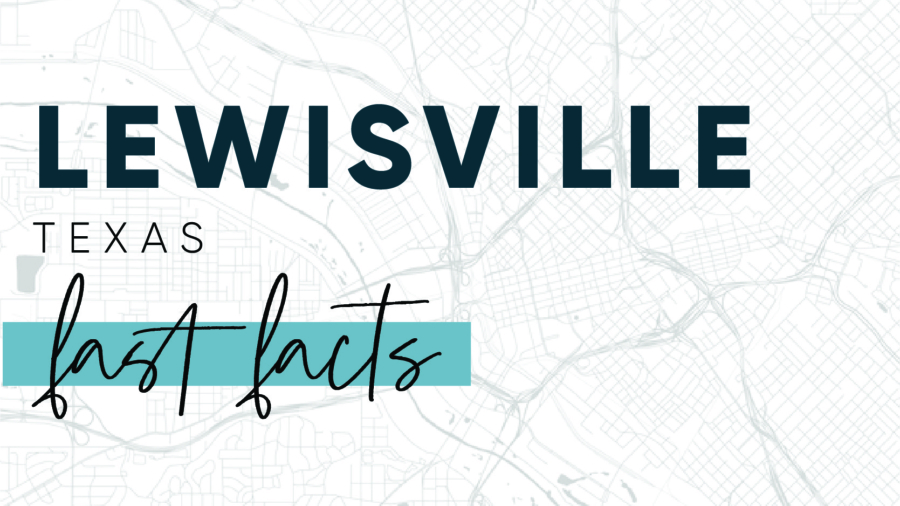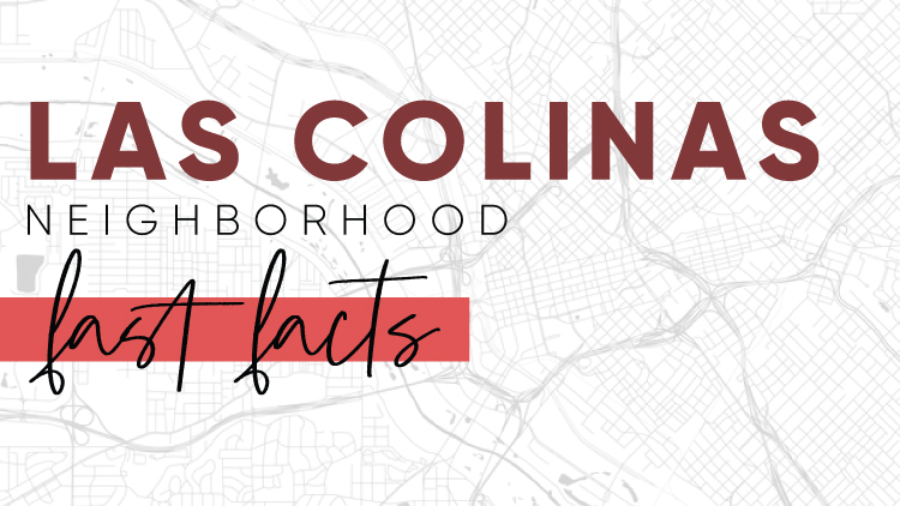When it comes to purchasing a home, the excitement of finding the perfect property can often overshadow the importance of ensuring the title is clear and free of any disputes. Yet, overlooking this crucial step can lead to significant financial and legal ramifications. This is where title insurance steps in as a guardian of your investment, providing assurance and protection against unforeseen risks. In this Republic Title Tip, we delve into the significance of title insurance for homebuyers, shedding light on why it’s an indispensable aspect of the real estate transaction process.
What Is Title Insurance?
First and foremost, let’s unravel the concept of title insurance. In essence, title insurance is a specialized type of insurance that indemnifies homeowners against loss arising from defects in the title or ownership of a property.
Unlike other forms of insurance that protect against future events, title insurance is a one-time premium and focuses on mitigating risks associated with past events that may affect the property’s legal ownership.
Why Is Title Insurance Necessary?
Consider this: When purchasing a home, you’re not just acquiring the physical structure and land. You’re also buying the legal history.
By conducting a comprehensive title search, title insurance companies unearth any potential clouds on the title, such as unpaid taxes, liens, undisclosed heirs, or unresolved legal disputes. If an issue arises after purchase, title insurance provides coverage for loss, costs, attorney’s fees, and expenses, thereby shielding homeowners from financial liabilities that could otherwise jeopardize their investment.
Title Insurance for Ownership Disputes
One of the primary risks title insurance protects against is the threat of ownership disputes. Imagine purchasing your dream home, only to discover months or even years later that another party has a legal claim to the property.
Such scenarios can arise for various reasons, including errors in public records, forged documents, or undisclosed heirs asserting their rights to the property. Without title insurance, resolving these disputes can entail lengthy and costly legal battles, potentially resulting in the loss of your home and investment.
Title Fraud, Errors, and Property Easements
Moreover, title insurance also guards against title defects that may arise post-purchase. These defects can range from errors or omissions in the title documentation, fraud, or forgery, to someone else having an easement on your property, or no access to your property. Without adequate protection, homeowners could find themselves facing substantial financial burdens to rectify these issues or even risk losing their property altogether.
Republic Title understands the significance of title insurance in safeguarding their clients’ investments. As a trusted resource and industry expert, they go above and beyond to ensure your real estate transactions are conducted with the utmost diligence and integrity. Their team of experienced professionals conducts thorough title searches, leveraging technology and industry expertise to identify and mitigate any potential risks to your investment.
Republic Title offers a range of title insurance policies tailored to meet the unique needs of homeowners and lenders alike. Whether you’re purchasing a new home, refinancing an existing mortgage, or conducting a commercial real estate transaction, Republic Title can provide comprehensive coverage and exceptional service at every step.
Title insurance is not just another box to check off during the home-buying process — it’s a critical safeguard covering title risks. By partnering with Republic Title, you can trust your real estate transactions are in expert hands, backed by decades of industry experience and a commitment to excellence.
Source: Candysdirt.com – Title Insurance: Safeguarding Your Home Investment – CandysDirt.com


